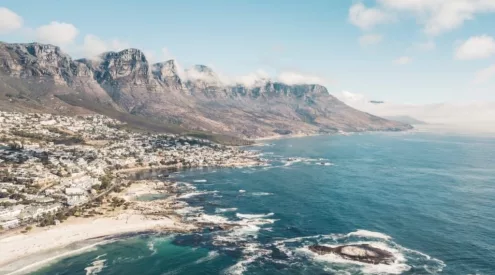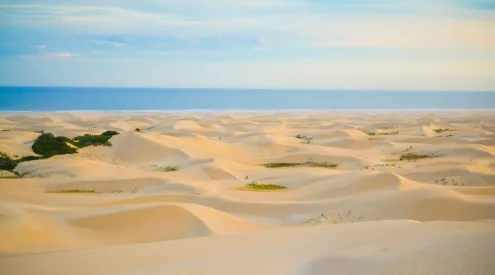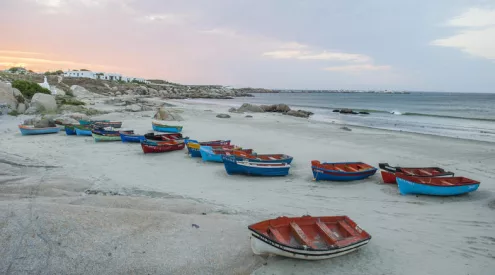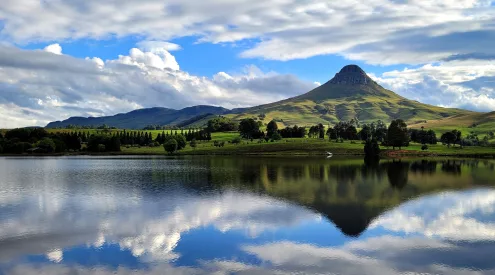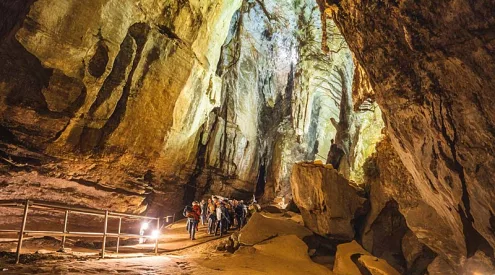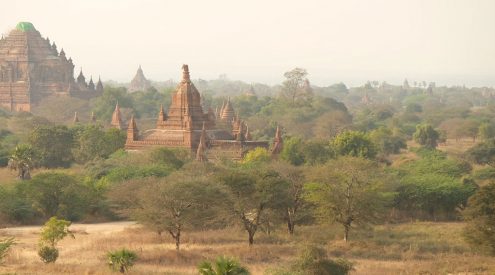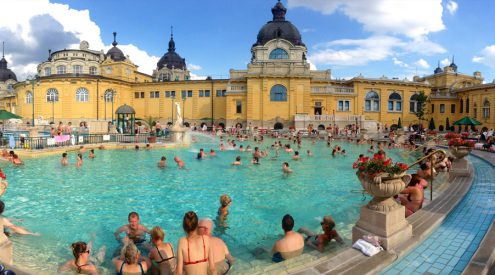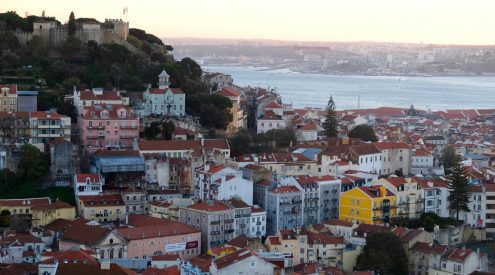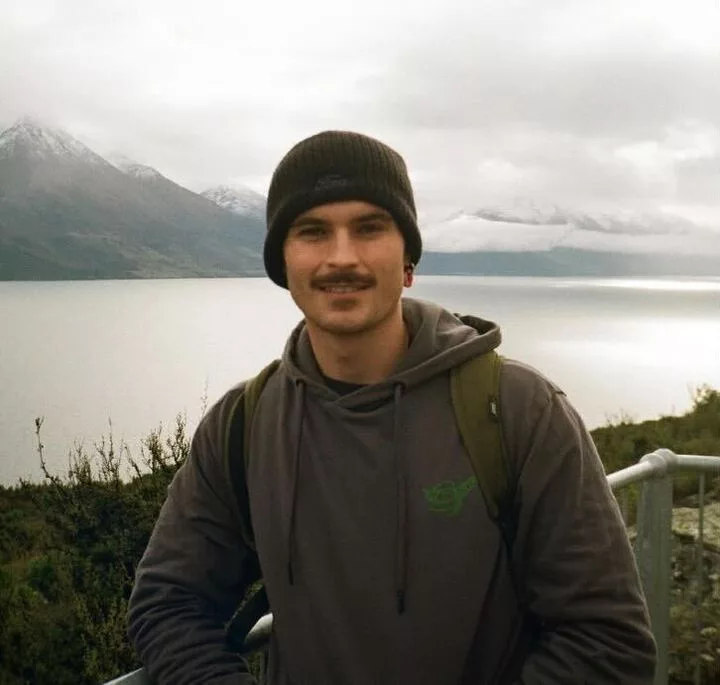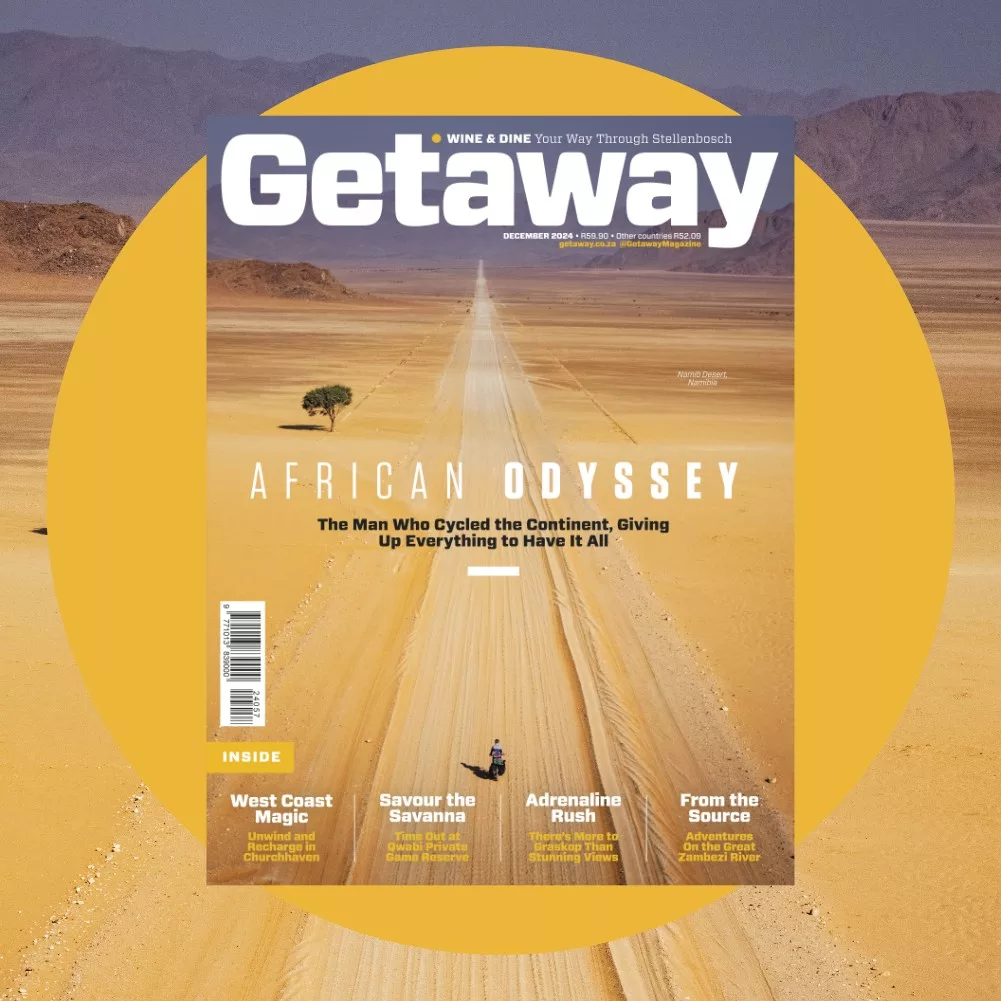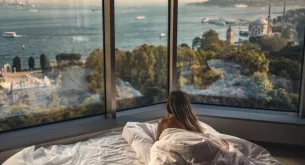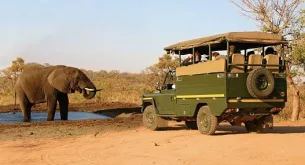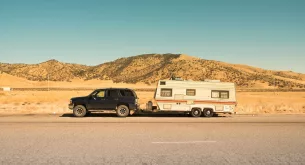While exploring the Antarctic Peninsula, we cruise through the Gerlache Strait along the west coast of the mainland – in a sea of icebergs of all sizes from dainty swan ice-carvings to “bergies” and “growlers” and towering tubular mountains. The naturalists wisely advise us to spend time ashore experiencing the tranquillity of the Antarctic – – the uninhabited continent – not to see everything through the lens of a camera.
Talk about epiphany. Sitting silently alone in Neko Harbour in Aandvord Bay, watching an avalanche of snow and listening to a glacier crack asunder, calving a new iceberg was an incredible personal experience – and watching orcas diving or a humpback whale fluking fifty metres from our cabin balcony aboard L’Austral.
There are a dozen or so penguin species in all of Antarctica – but the emperor penguins are deep inside the continent and sightings are rare. We spotted four kinds of penguin on our expedition cruise – the chinstrap, gentoo, macaroni and adelie. We were lucky to be there during the nesting and nursery season. On Couverville Island we watched the penguins painstakingly building nests stone by stone, feed their chicks and defend the young from crafty skua birds trying to steal eggs and chicks.
People tend to see the Antarctic as a single destination – but in fact it is a huge continent the size of North America from Canada down to Mexico. The different regions are as diverse as western Europe. The north-east of mainland Antarctica is very volcanic – with rocky black gravel beaches and sandy hills which reminded me of the Arizona desert or the Karoo – in the midst of this ice-bound wilderness.
Until I got there, I hadn’t realized how huge the Antarctic is. If it were a country it would be the second largest in the world after Russia. You can only visit one small part of it on a single trip. Every landing is exciting in its own way – and a wonderful spirit of exploration is shared by all passengers. The Antarctic belongs to everyone. Metaphorically, everyone has an Antarctic within, writes novelist Thomas Pynchon.
We spent two days in the Weddel Sea on the north-eastern tip of Antarctic Peninsula exploring Devil’s Island and Paulet Island. At Devil’s Island we landed on the steep slope of a volcano, a devil of a landing on harsh terrain of gravel and basalt rock. It is home to 8000 Adelie penguins – the archetypical Antarctic penguin because they’re purely black and white with a distinctive white eye ring. There are 2,5 million of these well-dressed penguins in white and black tops and tails. The rookeries are a hive of activity with chicks chasing mum and dad back from a fishing trip with a catch of squid and krill – and everyone practising vocal chords like a massive penguin choir.
I loved watching ‘em chip ice off the big blocks – and falling off icebergs as they try to land! They’re very comical! On Paulet Island, we saw 400 000 Adelie penguins in the crowded rookeries. Paulet was one of our most sensational landings as we came ashore on a beach littered with icebergs and blocks to an island covered wall to wall in penguins. It’s amazing how they all find their way back to their individual nests. Chatting to a naturalist ashore, I learn that all penguins are monogamous, mate for life and very territorial, using a unique vocal cry to recognise their family nest ashore.
The circular volcanic island is only 2km in radius around a high 353m high cone. The penguins occupy every square metre from the penthouse heights to the ruins of the stone hut built by Norwegian castaways who survived winter here in 1903 after their ship was crushed by the Weddel Sea ice pack. Talk about high density housing.
We did the regular ten-day Antarctic cruise but L’Austral also offers a 14-day cruise which calls en route to Antarctica at the Falkland Islands and South Georgia, “the Serengeti of the south” which is a cradle of polar wildlife with 400 000 king penguins, albatrosses and many other species. The naturalists aboard L’Austral are from all around the world from France and Costa Rica to Germany and very enthusiastic and knowledgeable – with a thirst for adventure. Nicolas Dubreuil, the expedition leader is a veteran of Arctic and Antarctic expeditions – and has led cruises for Compagnie du Ponant for the last seven years. He is a real ambassador for the Antarctic.
The Antarctic is one of the world’s last great wildernesses – for most an once-in-a-lifetime destination. The quality of the light and the colours of the landscape are so different to anywhere else. You enter a world of primary colours where all is blue (the sea and the ice), white (the icebergs and glaciers), and black (the volcanic rock). No towns, no roads, no footprints, no people. The quality of the light is so special – in one of the driest environments on earth, there is no humidity or dust – white to the horizon.
On a recent cruise L’Austral took elderly passengers in their 80s ashore. The two sister ships, L’Austral and Boreal, are very sleek in modern design with a private balcony for every suite – and all mod-cons from spa, gym and bar, library, panoramic observation lounge, heated swimming pool and gourmet French restaurants. When Compagnie du Ponant are not doing expedition cruises in the Antarctic, Canada, the Baffin Sea, Scandinavia and Greenland/Iceland, they do luxury cruises on mega-yachts and their small fleet around the world from the Mediterranean to Asia.
When we weren’t ashore, I interviewed the captain, the expedition leader, naturalists, the executive chef and the head butler. Xavier Medicin, the butler who looks after the passengers in the suites on the top deck reminded me of a penguin in his black and white tails! He works for the International Butler Academy, training butlers for Hollywood celebrities!
L’Austral is a very green ship so recycling of refuse is a serious business. All activities and shore excursions in the Antarctic – as well as the Argentinean and French house wines of excellent quality – are included in the fare.
L’Austral Antarctic cruise
For expedition itineraries of L’Austral and Compagnie du Ponant around the world, contact their agents in South Africa: Development Promotions – tel 011 442 0822 or www.devprom.co.za.

